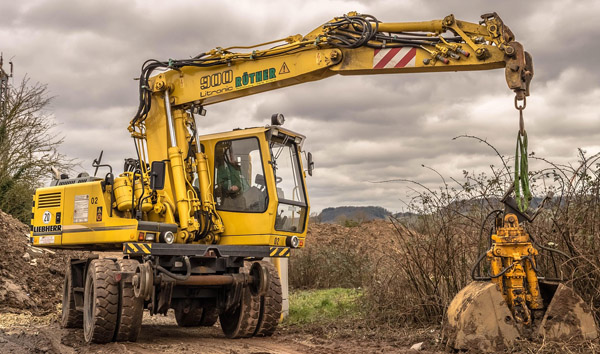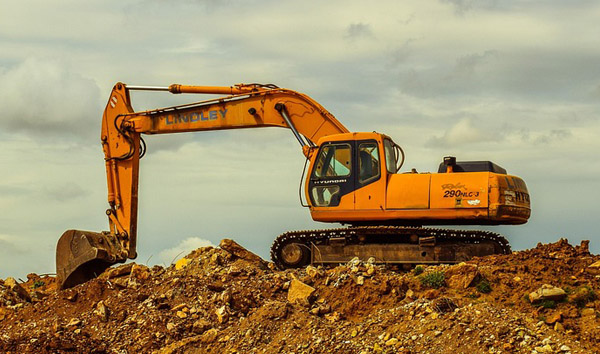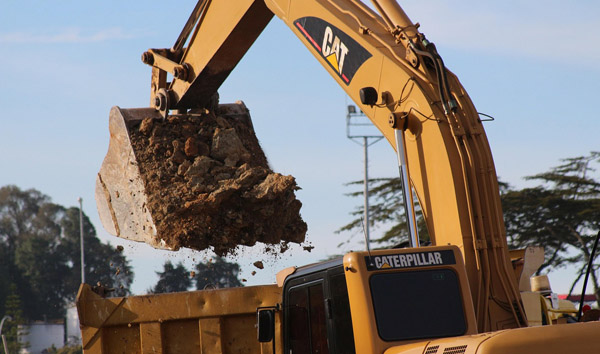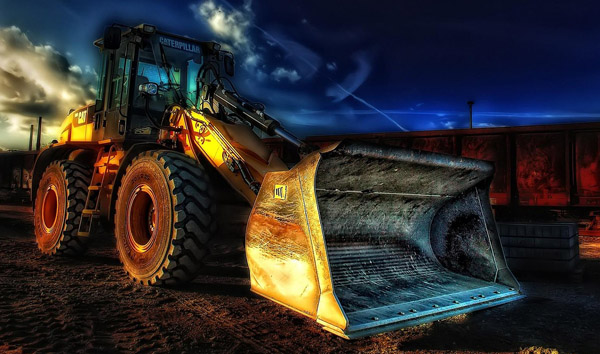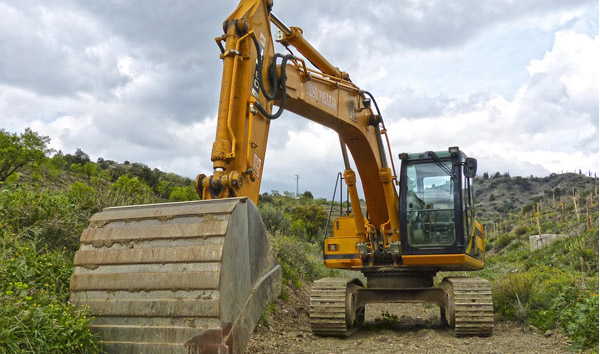Navigating the Capabilities of Modern All-Terrain Forklifts
2025-08-08 04:05:29
All-terrain forklifts are engineered to handle rugged outdoor conditions, combining robust construction with advanced mobility features. Key specifications include load capacities ranging from 5,000 to 12,000 lbs, ensuring versatility across industries like construction, agriculture, and logistics. These machines often feature four-wheel drive (4WD) systems and high-ground clearance, enabling seamless navigation over uneven surfaces, mud, or gravel. Additionally, their reinforced chassis and heavy-duty tires enhance stability, making them indispensable for off-road material handling.
Powering these forklifts are high-torque diesel or electric engines, delivering between 50 to 100 HP to tackle steep inclines and heavy payloads. Fuel efficiency remains a priority, with modern models incorporating eco-friendly engines that comply with Tier 4 emissions standards. Operators benefit from ergonomic cabins equipped with shock-absorbing seats and intuitive control panels, reducing fatigue during prolonged use. The integration of telematics systems allows real-time monitoring of performance metrics, including fuel consumption and maintenance alerts, ensuring optimal uptime.
Another critical specification is the lifting height, which varies from 15 to 25 feet, catering to diverse stacking requirements. All-terrain forklifts often feature telescopic or articulated booms for extended reach, enhancing their utility in large-scale projects. Hydraulic systems with precision controls enable smooth load handling, even at maximum capacity. Safety remains paramount, with features like automatic braking, load-sensing technology, and LED lighting for low-visibility conditions. These specifications collectively ensure compliance with OSHA and ANSI safety standards.
Durability is a hallmark of all-terrain forklifts, with corrosion-resistant materials and sealed components protecting against harsh weather and abrasive environments. Maintenance intervals are extended thanks to self-lubricating bearings and easily accessible service points. Industry data indicates a growing preference for electric models, which offer quieter operation and lower emissions without compromising power. Lithium-ion battery options further enhance runtime, with some models operating up to 10 hours on a single charge.
In conclusion, all-terrain forklift specifications are meticulously designed to meet the demands of dynamic work environments. From load capacity and engine power to safety features and durability, these machines represent a fusion of innovation and reliability. As industries continue to prioritize efficiency and sustainability, advancements in all-terrain forklift technology will play a pivotal role in shaping the future of material handling.




